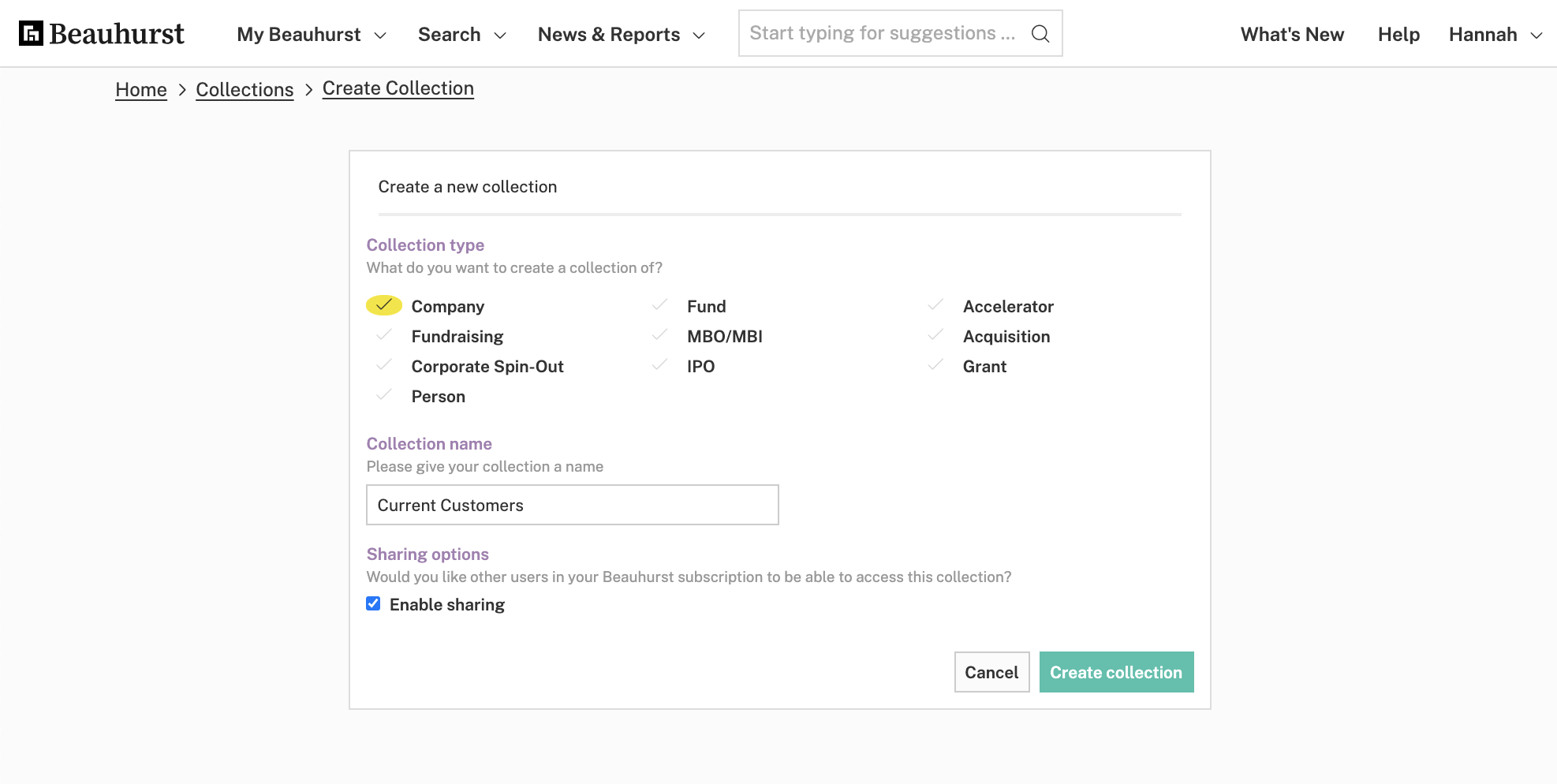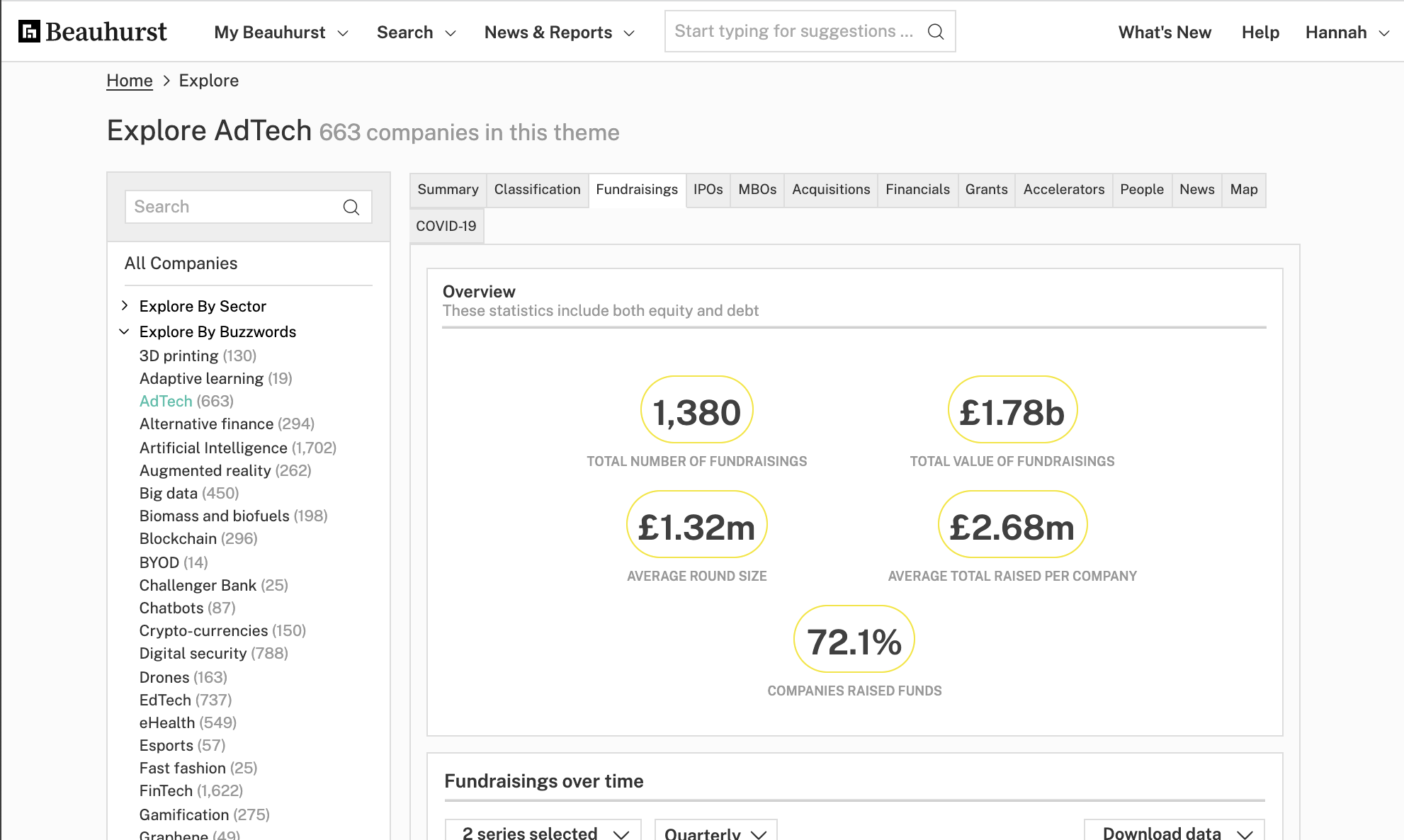5 Ways B2B Businesses Can Reduce Customer Churn
Category: Uncategorized
If you’ve read our previous blogs on establishing your ideal customer profile, finding and qualifying leads, and optimising your lead generation process, you’ve probably got quite a few ideas for improving your B2B sales strategy in 2022, but what happens after you’ve brought new customers on?
All of your customer acquisition efforts will be wasted if you don’t also minimise customer churn and increase customer retention. Not only is it far more expensive to acquire new customers than maintain an existing customer base (some studies suggest up to five times more), but for SaaS companies in particular, client retention is essential to high-growth. Marginal increases in retention rates can make huge impacts to your bottom line in terms of customer lifetime value. Client retention rate is also often a key metric for establishing a company valuation and the cost of future investment–so developing a robust retention strategy is worth your time and effort.
Read on to find out which metrics you should pay attention to in order to minimise client churn and make sure you’re not missing out on opportunities to grow your business using your existing customer base.
What is customer churn?
Customer or client churn is the rate at which a business loses customers in a given time period. High churn rates are generally associated with low customer satisfaction–either with the product itself or with customer experience. You can calculate your customer churn rate by dividing churned customers over the total number of customers in a given period of time.
Types of customer churn
Churning ultimately boils down to losing business, but there are different types of churn that you need to keep on top of to assess the health of your client retention.
1. User churn
User churn refers to the percentage of customers that stopped using your product over time. When assessing a product’ viability, customer churn is one of the most telling indicators of product quality. A high churn rate indicates that your product didn’t offer the expected returns on investment for your clients, either due to the product’s in-built features or poor account management style.
2. Logo churn
Logo churn involves losing recognisable businesses as clients. Having big names buy your product is not only great from a financial point of view (bigger businesses like Amazon typically have more cash compared to a small consultancy), but it also inspires trust from other potential customers. Losing this customer base is therefore not a good sign for a company’s financial health, and also affects your business’s reputation.
3. Revenue churn
Lastly, it might be that you are not losing customers, but your revenue is still shrinking. This could be due to losing negotiations where you offer existing customers numerous discounts that reduce their average lifetime value rather than gaining more returns as time goes on.
As a result, it’s important to look at more than just the raw number of customers churned to assess how much of an issue client retention is to your business. It might be that you’re willing to sacrifice losing a few small agencies in order to retain a big logo client by slightly adjusting your product offerings. Ultimately, you want to get the highest average lifetime value from your customers and this might mean prioritizing different types of churn in your growth journey.
Why customers churn
Forum Corporation’s research found that poor customer service is responsible for 70% of customer churn. But there are several other factors that may play into high customer attrition. Let’s explore some of them:
Competitor churn
This type of churn is particularly prevalent in markets with little product differentiation where one service can be easily substituted for another–think, for example, of recruitment agencies that haven’t quite found their niche yet.
It is somewhat inevitable that some of your customers will want to explore alternatives as time goes on, yet if most of your existing business is lost to competitors, it might be time to ask yourself why that is and how you can address this issue. It might be time to evaluate what added value you offer to your customers compared to your competitors and make this obvious to them.
Missing feature or functionality
As mentioned above, customers may leave if they’re missing a specific feature or functionality from your product. In some cases it might be as easy as adding an extra button, but in others this might need to be incorporated into a longer-term product development strategy. Either way, it pays to regularly ask for, and keep a record of, customer feedback, so your client feels heard and you can keep them in the loop with new developments.
5 Strategies to reduce churn
1. Analyse existing churn rates
The first step in improving your client retention is to take stock of your current churn rates and see if you can pinpoint at what stage of the customer journey you’re losing most clients. This might be different for different types of churn: for instance it might be that you’re losing clients with large teams at the onboarding stage due to poor initial training, but that smaller teams churn at the point of renewal.
We advise to not rush this stage: take the time to analyse your customer data carefully and don’t be afraid to segment it into different customer profiles. Even if you don’t yet have a hypothesis for these key findings, it’s important to identify them before you set out to gather feedback and get to the bottom of why your clients are churning.
2. Optimise onboarding processes
Client onboarding is an incredibly important stage of the customer journey. It is unrealistic to expect customers to hit the ground running, particularly when it comes to products and services that may require specific technical knowledge. It’s crucial to make sure that customers are well looked after from the outset, ideally with a dedicated account manager to guide them through the onboarding process.
The most successful businesses will have very well-thought onboarding processes in place to give customers support from the get-go. These may include onboarding handbooks, webinars or on demand phone calls from dedicated reps.
Another important part of onboarding is establishing what success looks like for each of your clients. No two businesses have the same aims, so it is important for account managers to understand how to best offer customer support. Although this might seem unnecessary and time consuming at the onboarding stage, it will be incredibly helpful to refer back to these aims when the time comes for renewal negotiations.
Ultimately, the onboarding stage is the perfect opportunity to get to know your client and build a success path which you both agree on–knowing what they want from your product is the first step in reducing their risk of churning.
3. Monitor client engagement
Don’t just wait until your client tells you they want to cancel. If you really look for them, there are always signs if your client isn’t getting what they wanted from your product. This will vary depending on industry and business model, but one of the surest ways to tell if a consumer is satisfied is whether they’re actually using your product. Monitoring customer engagement and having a support team available at short notice for any queries will make them more likely to continue using your product, and in time make it an essential part of their workflow.
Still, there will be risk customers who are reluctant to use your product despite your best efforts. People are reluctant to change, so introducing a new product into an organisation will very rarely be met with excitement across the board. A good account manager doesn’t neglect these clients by focusing only on loyal customers who are keen to engage. Instead, you should find other ways to motivate your clients to use your product to the maximum, for instance through loyalty programs.
4. Ask for feedback
Gathering feedback is incredibly important and should happen throughout the customer journey, through different mediums.
You can do this through client surveys. We like to send questionnaires to current customers using Typeform. If you’re struggling to get enough feedback, it might be a good idea to offer incentives to clients willing to take the time to fill in the survey–this doesn’t have to be costly, sometimes a chance to win a voucher or more product credits is enough to sway them. Questionnaires are also a good opportunity to ask for positive feedback that can form the basis of testimonial quotes, and help pull in future clients.
Once you’ve collected this information, it is essential that you take the time to analyse it properly, otherwise it’s a huge waste of everyone’s time. You can consider splitting the feedback into different themes, or even segment into demographics. It might be that certain sections of your customer base have slightly different needs than others. If these reasons for dissatisfaction keep coming up again and again with different clients, then you know it’s something to look into right away.
Crucially, feedback is something that shouldn’t be restricted to satisfaction surveys. A good account manager listens and records feedback whenever possible. By listening to their suggestions, the customer is made to feel like the product is tailored to their needs rather than a one-size-fits-all solution. This will increase customer loyalty, giving you an edge over competitors.
5. Monitor client growth and be proactive in communication
If you’re looking to create a long-lasting relationship with your clients (who isn’t?), it’s important to show interest in their development as a business and congratulate them on their milestones–not least because their growth makes it more likely that they’ll need your services in the future.
You might consider using a monitoring tool to keep track of these updates without having to put lots of time in each day. The Beauhurst platform tracks key developments from over 45,000 businesses, helping you keep on top of key developments in your client’s industry.
Using our Upload Companies function, you can quickly create a Collection for your existing clients.

Setting up alerts for key activities in your clients’ growth journeys is a great way to touch base with them every so often. Beauhurst tracks all new senior hires and every UK fundraising, even those that are never announced to the press, meaning that you’ll always be ahead of the curve when reaching out to congratulate them.
Another way we help our clients is by monitoring wider developments in their space and informing them if, for example, one of their key competitors is doing a lot of hiring or raising new investment. Again, this is all instantly searchable on the Beauhurst platform. And our Explore function is great for developing knowledge about the latest developments in any industry or location without having to put in loads of research time. These insights will help you become a trusted advisor to your clients, therefore becoming indispensable to their operations.

The bottom line is that some churning is inevitable in any business, but with some forward planning you are more likely than not to build and maintain long lasting relationships with your clients. To find out more about how Beauhurst can help your success team get in touch with one of our sales advisors for a tailored demo.
Discover the UK's most innovative companies.
Get access to unrivalled data on all the businesses you need to know about, so you can approach the right leads, at the right time.
Book a 40 minute demo to see all the key features of the Beauhurst platform, plus the depth and breadth of data available.
An associate will work with you to build a sophisticated search, returning a dynamic list of organisations matching your ideal client.